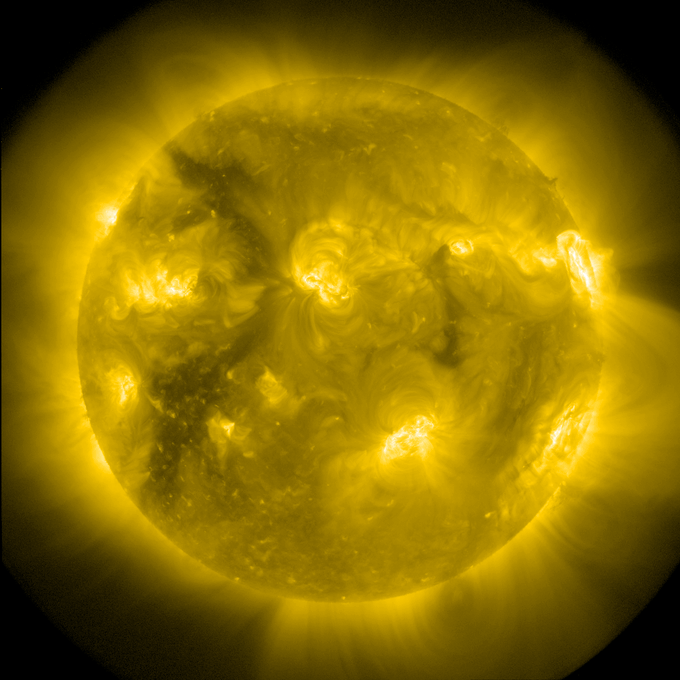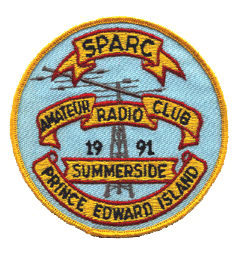SFI = 176
A index = 6
K index = 1
SSN = 153


GEOMAGNETIC STORM WATCH: Minor G1-class geomagnetic storms are possible on July 20th or 21st when a slow-moving CME is expected to hit Earth’s magnetic field. The CME was hurled into space by Friday’s ‘canyon of fire’ eruption.
A massive solar flare has erupted from the Sun, which could see radio blackouts in many parts of the world, a space weather physicist has tweeted.
With the Sun now in an active phase of its 11-year solar cycle, incidents such as these are expected to increase. Earlier this week, astronomers were on the lookout for activity arising out of sunspot AR3038. However, it is a new region AR3058 that erupted early and carries a risk of X-class flare.
NOAA STI
:Product: Geophysical Alert Message wwv.txt
:Issued: 2022 Jul 17 0605 UTC
# Prepared by the US Dept. of Commerce, NOAA, Space Weather Prediction Center
#
# Geophysical Alert Message
#
Solar-terrestrial indices for 16 July follow.
Solar flux 176 and estimated planetary A-index 6.
The estimated planetary K-index at 0600 UTC on 17 July was 1.
Space weather for the past 24 hours has been minor.
Radio blackouts reaching the R1 level occurred.
No space weather storms are predicted for the next 24 hours.
NOAA Alerts
Space Weather Message Code: ALTEF3
Serial Number: 3259
Issue Time: 2022 Jul 17 0500 UTC
CONTINUED ALERT: Electron 2MeV Integral Flux exceeded 1000pfu
Continuation of Serial Number: 3258
Begin Time: 2022 Jul 16 1025 UTC
Yesterday Maximum 2MeV Flux: 3342 pfu
NOAA Space Weather Scale descriptions can be found at
www.swpc.noaa.gov/noaa-scales-explanation
Potential Impacts: Satellite systems may experience significant charging resulting in increased risk to satellite system
